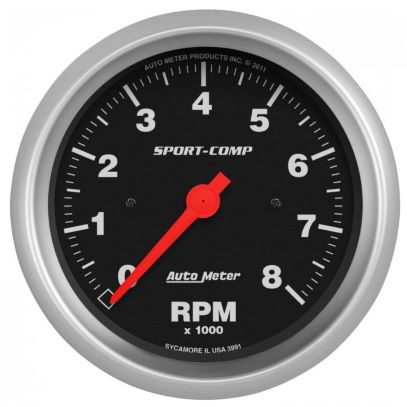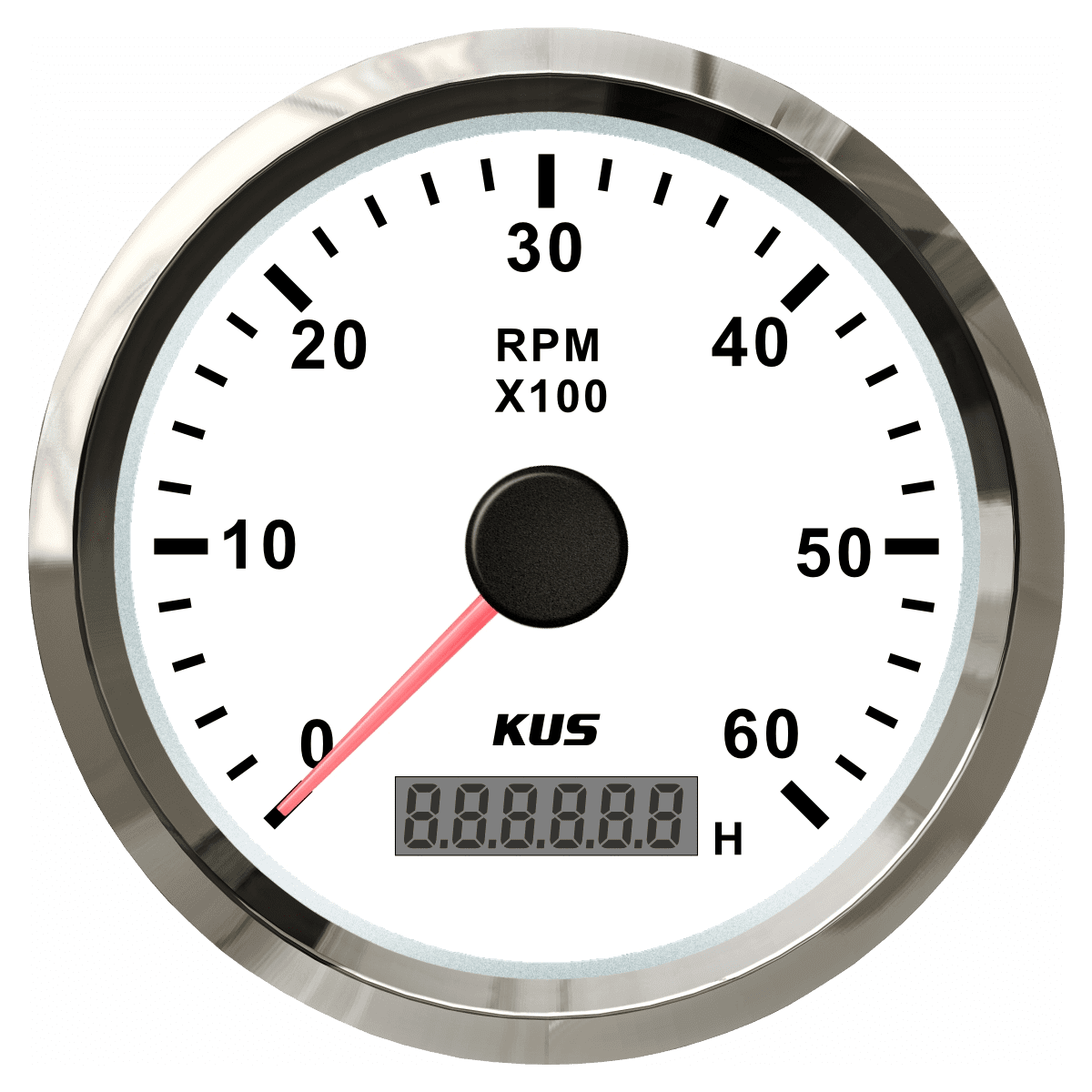Discover Just How a Tachometer Can Enhance Your Automobile's Performance
Discover Just How a Tachometer Can Enhance Your Automobile's Performance
Blog Article
The Importance of a Tachometer in Checking Engine Speed and Efficiency in Automotive Applications
In the realm of automotive engineering, the tachometer stands as a crucial instrument in the motorist's collection, offering a straight window right into the internal workings of a lorry's engine. Beyond its feature as a simple scale of revolutions per minute (RPM), the tachometer offers as an important device for enthusiasts and professionals alike, providing real-time insights into engine performance and health and wellness.
Value of Checking Engine RPM
Keeping track of engine RPM, or changes per min, is a vital facet of auto upkeep and efficiency analysis. Engine RPM straight correlates with the speed at which the engine's crankshaft rotates, indicating how quickly the engine is running - tachometer. By monitoring RPM, technicians can examine the health and wellness of the engine, spot potential issues, and fine-tune efficiency. An uncommon RPM analysis may signal problems such as engine misfires, damaged trigger plugs, or problems with the fuel delivery system. Continually high RPM analyses might indicate hostile driving routines or the need for a greater equipment shift to boost gas efficiency.
In addition, keeping track of engine RPM is crucial for performance examination in auto racing and high-performance cars. In recap, monitoring engine RPM is not only essential for discovering concerns yet also for enhancing engine efficiency in numerous automotive applications.

Advantages of Real-Time Information
In automotive applications, real-time data plays an important function in supplying instantaneous understandings right into the efficiency and problem of the vehicle. By continuously keeping track of different specifications such as engine speed, temperature level, fuel usage, and a lot more, real-time information uses many advantages that add to improved effectiveness and security on the roadway.
Additionally, real-time data facilitates efficiency optimization by offering prompt comments on driving habits and engine performance. Chauffeurs can readjust their habits in real-time based on this information to accomplish better gas economy and lengthen the lifespan of their lorry.

Moreover, real-time data plays a vital function in modern-day automobile diagnostics, making it possible for specialists to promptly identify and resolve malfunctions. This causes reduced downtime, reduced upkeep costs, and eventually, improved general car integrity and long life (tachometer). By utilizing the power of real-time data, automotive stakeholders can make educated look at this web-site choices that positively affect both the efficiency and long life of the vehicle
Influence On Equipment Shifts
The tachometer plays an essential role in optimizing gear shifts by providing real-time engine speed data to the motorist. When approaching the redline on the tachometer, it indicates the chauffeur to upshift to avoid over-revving the engine and triggering potential damage.
Moreover, the tachometer help in attaining smoother equipment shifts, especially in hands-on transmissions. By keeping track of engine speed, drivers can execute equipment changes at the optimal RPM range, reducing snagging movements and reducing wear on the transmission parts. This accuracy in gear changes not just improves Going Here driving comfort but additionally adds to fuel performance.
Enhancing Gas Performance
Offered the important function the tachometer plays in optimizing equipment shifts for efficiency and engine wellness, it straight adds to making best use of fuel efficiency in automotive applications. By giving real-time comments on engine rate, the tachometer helps motorists in maintaining the most effective RPM range for gas economic climate. When drivers continually check the tachometer and change their driving practices accordingly, they can prevent unneeded fuel consumption brought on by over-revving or hauling the engine.
Additionally, the tachometer helps vehicle drivers recognize the most fuel-efficient equipment to be in at any given moment, protecting against the engine from working tougher than necessary. In final thought, the tachometer offers as a useful tool in improving fuel performance by advertising optimum driving practices and recognizing locations for enhancement in the car's efficiency.

Optimizing Engine Durability
The tachometer's function in monitoring engine rate and performance is instrumental in guaranteeing the longevity of vehicle engines. By utilizing the tachometer effectively, vehicle drivers can maximize engine durability with mindful RPM administration. Consistently revving an engine too expensive can result in excessive deterioration on important components, such as the pistons, shutoffs, and bearings. With time, this can lead to lowered engine efficiency and possible malfunctions. Monitoring the tachometer permits vehicle drivers why not find out more to stay within the recommended RPM variety for their car, protecting against unneeded pressure on the engine and prolonging its lifespan.

Conclusion
In verdict, the tachometer plays a vital role in monitoring engine rate and performance in vehicle applications. By offering real-time information on RPM, it enables for reliable gear changes, enhanced gas efficiency, and made the most of engine long life. This tool is crucial for keeping optimum engine efficiency and making certain the overall performance of a car.
Report this page